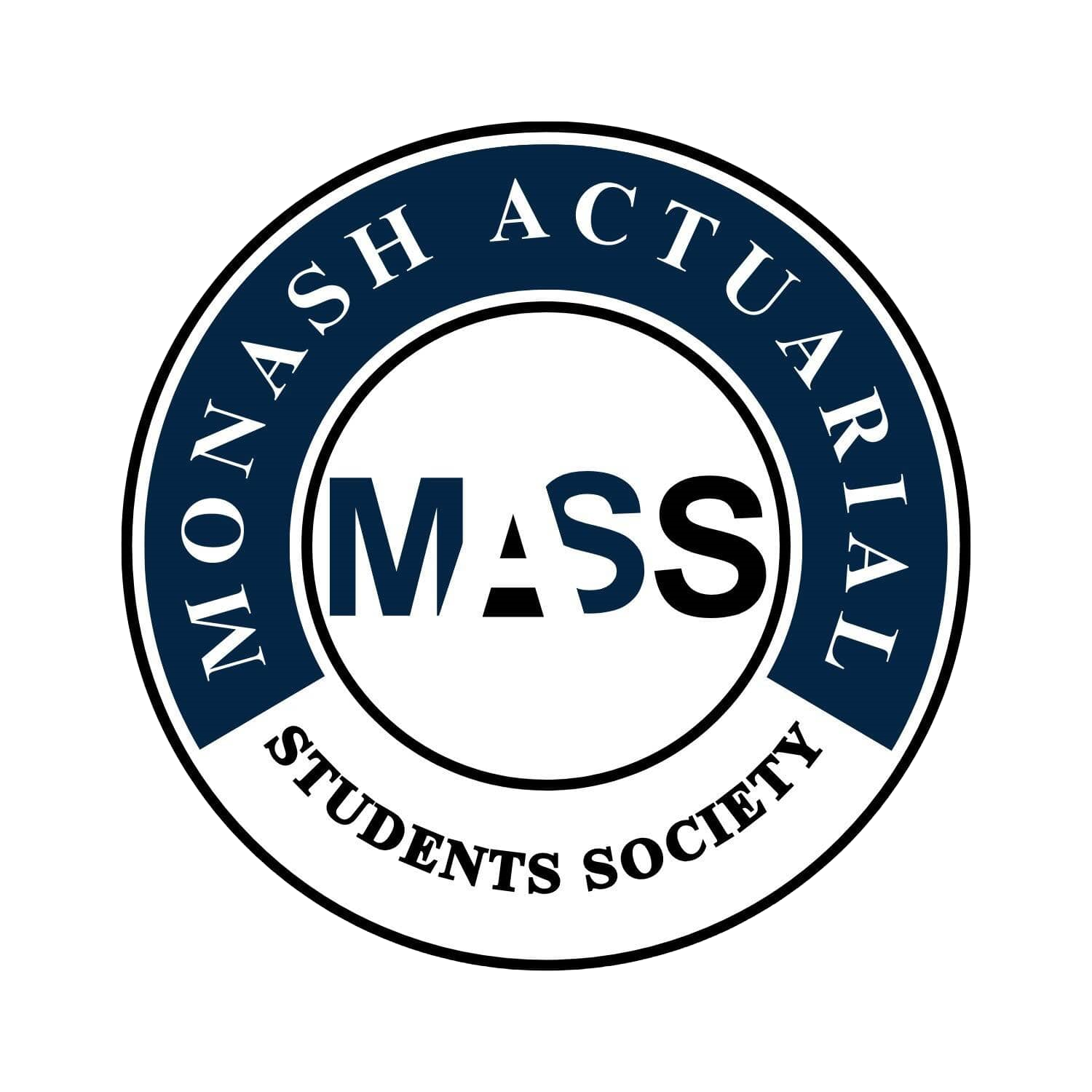ETC3580 / ETC5580 Advanced Statistical Modelling (Sem 2, 2020)
Difficulty:
Year Completed: Semester 2, 2021
Prerequisite: ETC2410 or ETC2420
(or ETW2510, or ETC3440, or ETF2100)
Exemption:
CS1 Actuarial Statistics
ETC1000 (25%), ETC2420 (25%), ETC2520 (35%), ETC3580 (15%)
Weighted average of 70% required. Minimum of 60% required for
each unit.
Mean Setu Score: 85.6%
Clarity of Learning Outcomes: 82.8%
Clarity of Assessments: 85.8%
Feedback: 82.8%
Resources: 85.2%
Engagement: 89.2%
Satisfaction: 84%
Subject Content:
Lecture(s) and Tutorial(s):
Textbook(s):
Assessments:
Topics included linear modelling, generalised modelling, mixed
random effects modelling and non-parametric modelling. All
modelling based, all looking at data and then attempting to model
it better and better each week.
2 x 1 hour lectures
1 x 1.5 hour tutorial
There was one textbook which was free. It was useful for a deep
understanding but not necessary.
4 individual assignments
Comments
It was a thorough unit but could have had more theory,
otherwise it was great. This unit is definitely a very applicable unit
in-terms of programming and statistical modelling related work,
though the models introduced may be a bit outdated relative to
cutting-edge techniques used in, say the actuarial industry now.
However, the merit for this unit is that the assessments are very
helpful in structuring research and modelling tasks, which would
greatly benefit for statistical modelling work in multiple
disciplines. This is a satisfactory unit for the purposes it intends to
fulfill.
The lecturers were quite engaging, and a good opportunity to
clear up any confusion from pre-reading the lecture slides. It is
definitely recommended to read the slides prior to the lecture so
as to not get lost with complex derivations, which come time to
time within this unit. However, if you are more comfortable with
learning through reading, the lecture slides and textbooks are
more than sufficient to be able to do well in the unit.
The tutorials were not necessary nor needed preparation (you
could do the questions in advanced if you wanted to). But it was
certainly worth taking screenshots in class to follow along after
class in case you missed something as the tutorials were quite
content heavy and offered a different outlook to statistics. The
tutorials that were run were definitely very beneficial in building
good research practices through answering questions about
modelling pursuits, and a good platform to work on R skills in
cleaning data and modelling work.
Assignments where all on R and were very practical, compared to
the exam which was all theory. I felt the assignment markings
were fair, but you definitely needed to look at the marking rubric
after you received your results because sometimes small mistakes
were made. (The tutors were always quick to fix this, however).
The exams were on the easy end relative to most third year
actuarial units. However, aside from reading through the applied
parts of the unit, repeated reading of the theoretical parts of the
unit was necessary to do well as well, such as derivation of
deviances, and likelihood for GLMs.
This is definitely a unit that's worth to do! aside from the
exemptions themselves. The course is very well-run and planned
out, and definitely rewarding with real experiences that transcend
the actuarial sciences to any discipline, whether it be academia or
industry.
General Overview:
Lectures:
Tutorials:
Assessments/Other Assessments
Concluding Remarks

